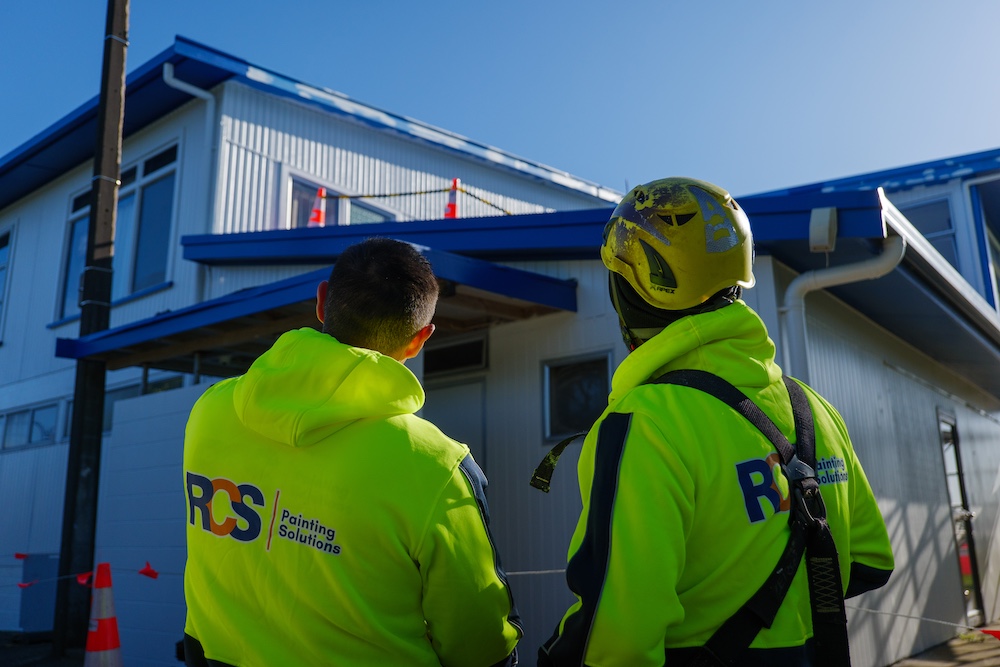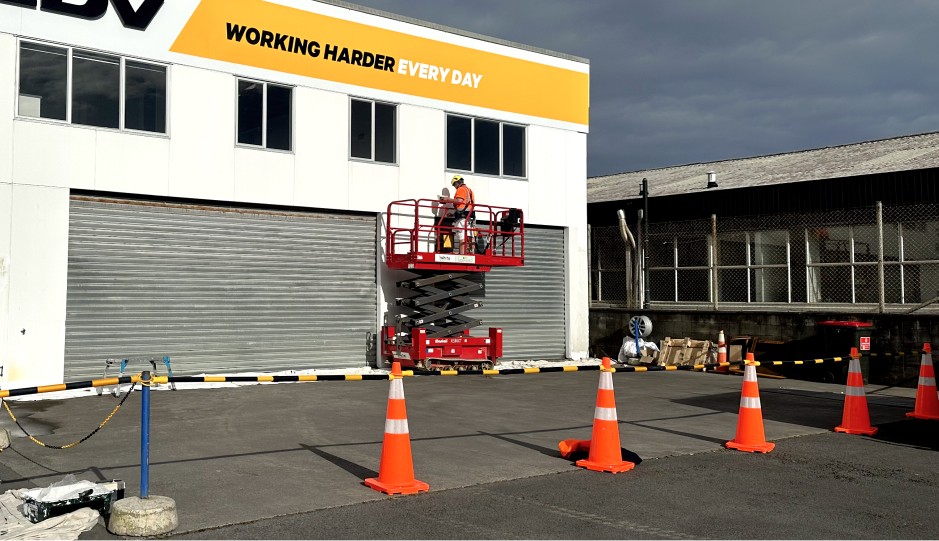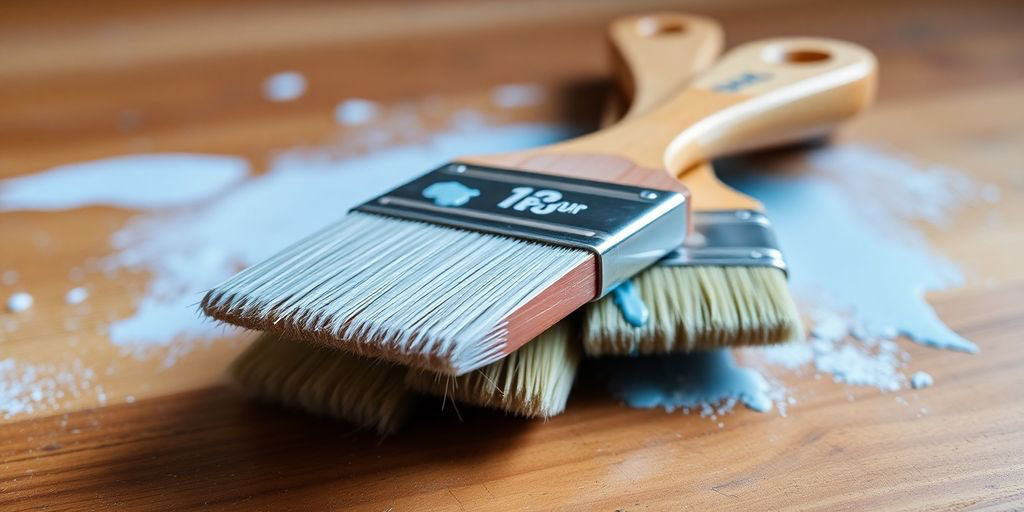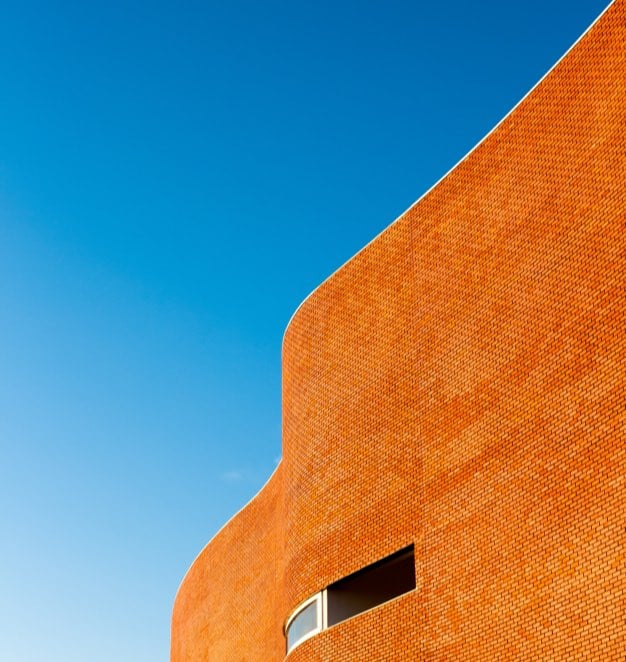Our staff participate in various forms of site-safe training for commercial and industrial sites.
What is Site Safe?
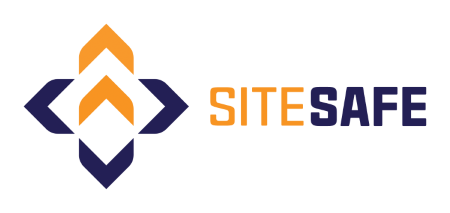
Site Safe is an independent, not-for-profit organisation that promotes improvements in the health and safety practices of the construction industry.
- provides education and resources on best practice systems and behaviours that are known to improve on-site health & safety.
- helps develop future Health & Safety leaders.
- advises businesses on solutions that make a real difference.
Working With you to Ensure Your Site is Safe
Health and Safety at Work are important to us here at RCS, and they should be important to you, too. While we must ensure the safety of our customers and staff in our working environments, there are additional factors around site safety you’ll want to consider when choosing a painter for your next project – particularly if you’re a business. Under the Health and Safety at Work Act (HSWA) any project a painter performs for you under arrangement holds both parties responsible for health and safety on site – you and your painter. That means, that should there be an accident, you and your painting contractor will be held responsible for the outcome, unless you can show a reasonable duty of care.
It’s Important to Know the Rules
Within the HSWA, there are two key areas to be aware of. The first is that according to the act, your business and your painting contractor are both considered a Person Conducting a Business or Undertaking (PCBU). As a PCBU you have a range of health and safety responsibilities, which, in general, are described as a Primary Duty of Care. As an overview, here’s what’s expected of you and your painting contractor:
- A PCBU has the ‘primary duty of care’ – the primary responsibility for people’s health and safety at work. It must ensure, so far as is reasonably practicable, the health and safety of:
- its workers
- any other workers it influences or directs.
- The PCBU must also look after other people who could be put at risk by its work, for example, customers, visitors, children and young people, or the general public.
- If you are self-employed then you must also ensure, so far as is reasonably practicable, your own health and safety as well as the health and safety of others who could be put at risk by the work you do.
- The primary duty of care is a broad, overarching duty. It includes, so far as is reasonably practicable, the PCBU having effective practices in place for:
- Providing and maintaining:
- a work environment that is without risk to health and safety
- safe plant and structures
- safe systems of work
- adequate facilities for the welfare of workers at work
- Safe use, handling and storage of plant, substances and structures
- The provision of information, training, instruction or supervision that is necessary to protect people from risks to health and safety arising from the work carried out
- That the health of workers and the conditions at the workplace are monitored to prevent illness or injury to workers arising from the work carried out.
If you want to ensure health and safety compliance for an upcoming commercial painting project, talk to us – we have the experience, know-how and processes to make it go smoothly. Contact Us.





